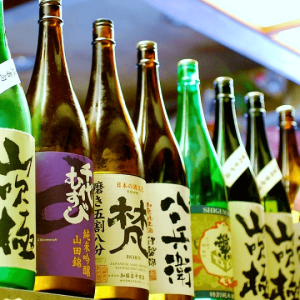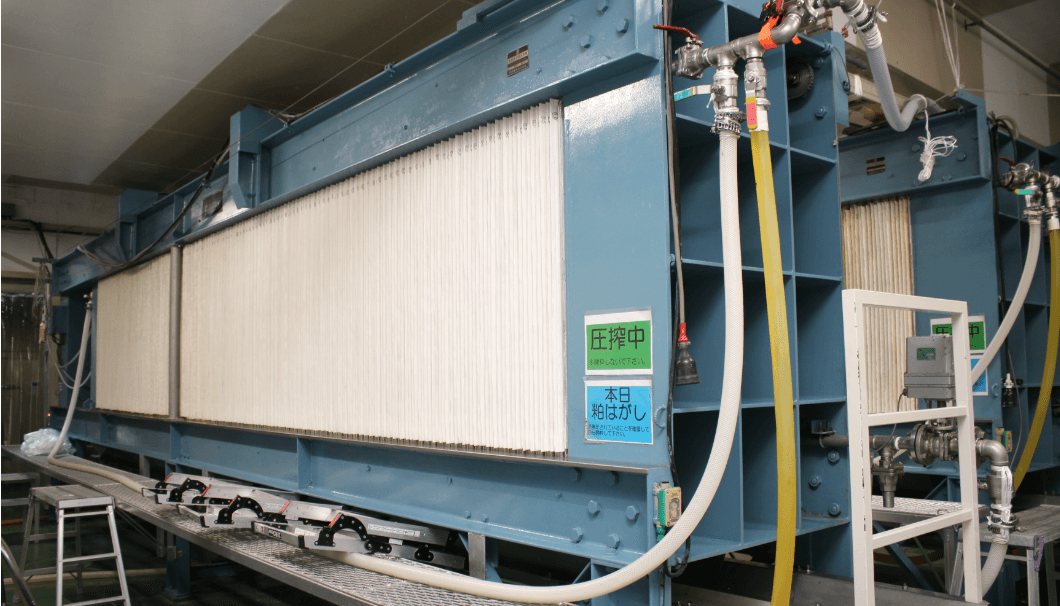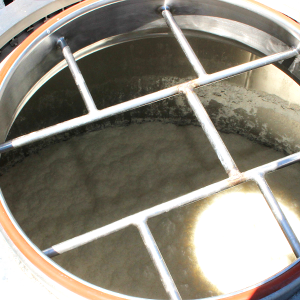
What is Sake-Kasu?
Sake Kasu is Japanese for the left-over lees which are separated from the liquid during the pressing stage after fermentation. The sake mash is made up of roughly 25% sake kasu; the remaining 75% becomes the sake in the glass that we all used to drinking. Sake kasu contains about 8% alcohol and is highly nutritious, making it a popular cooking ingredient that gets sold to the local people and visitors to the brewery at the end of the brewing season.
Sake Kasu has very high nutritional value.
Left-over lees might not sounds like the most appealing thing in the world, but Sake Kasu is not without value — nutritional value that is. It is jam-packed with nutrients like protein, carbohydrates, fibre, vitamins, organic acids and minerals. All of which have very worthwhile health benefits that help people suffering from ailments like Diabetes, high blood pressure — not to mention the fact that it makes your skin beautiful. This is one by-product of sake that shouldn’t be taken lightly!
Sake is not the only source of Kasu
There are a number of other food ingredients, alcoholic beverages that produce Kasu as a by-product, each with different characteristics and flavours to sake. For example, the Kasu you get from Mirin — a rice with a lower alcohol content used for cooking — has a completely different flavour profile because Mirin is normally made with glutinous rice or Mochigome as opposed to the non-glutinous rice or Uruchimai that sake is made from. The acidic flavour of Shochu Kasu comes from the fact that high levels of citric acid are produced during the production process.





Comments